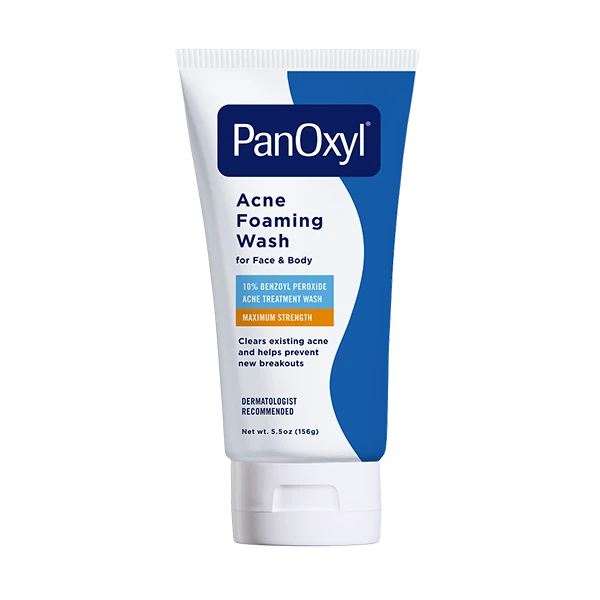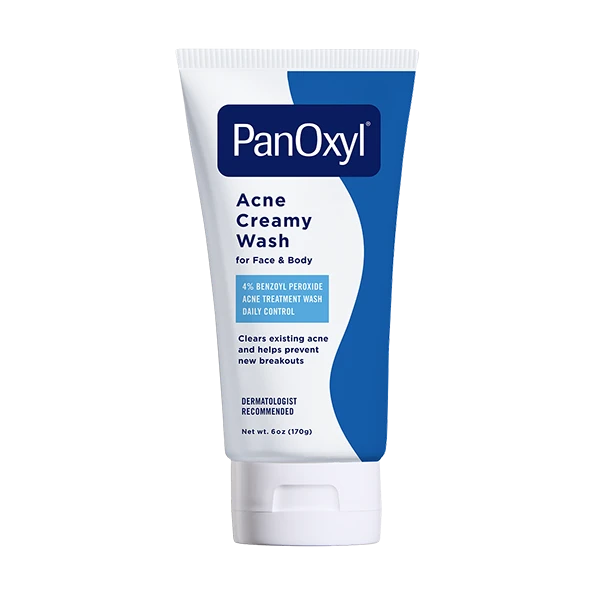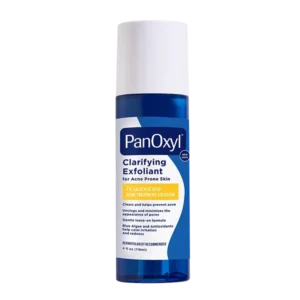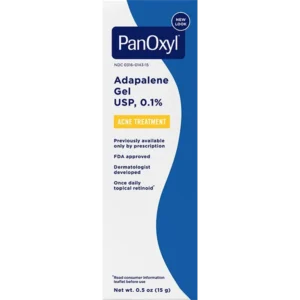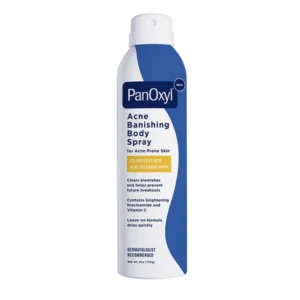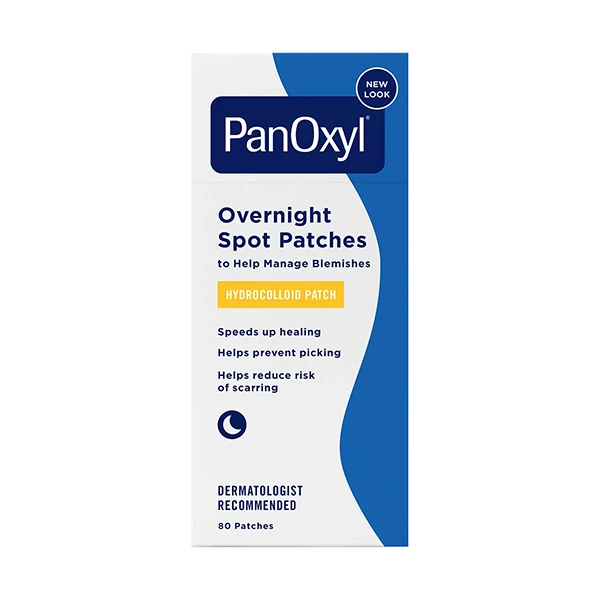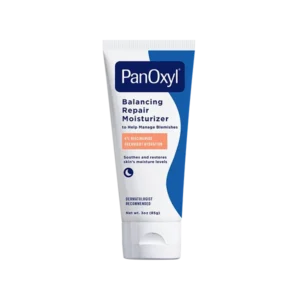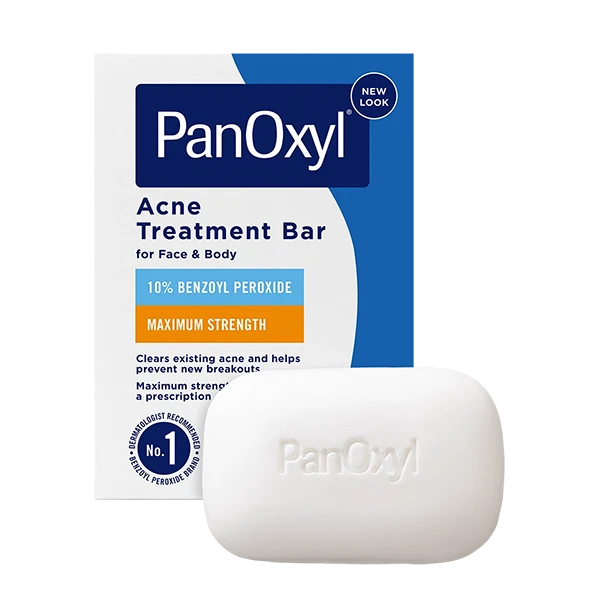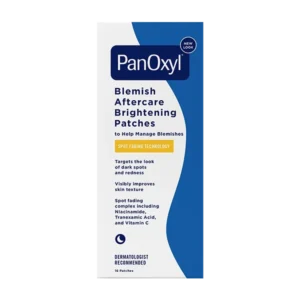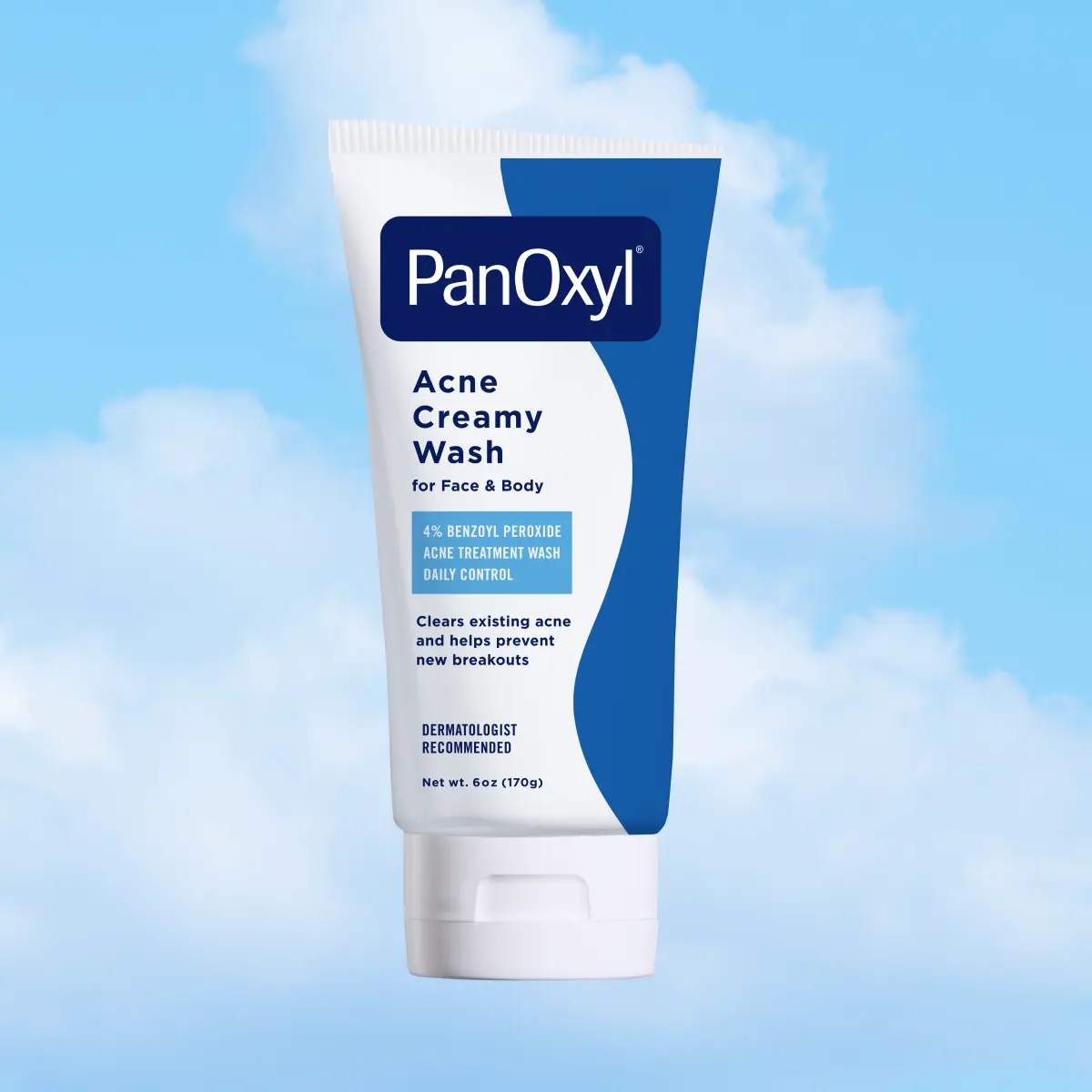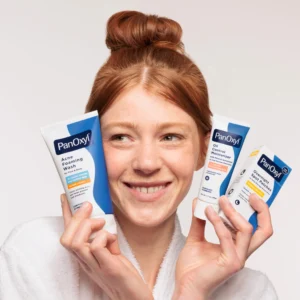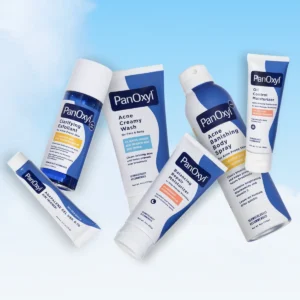What even is sunscreen?
Simply put, sunscreen helps protect our skin from two types of UV rays: UVA and UVB rays. (There’s a third type (UVC), but we don’t really have to worry about it.) UVB, or burning rays, are the type that make you look like a lobster (and not a dancing one) from sunburn if you’re not careful.
UVA rays, or aging rays, are also straightforward. They make up the majority of UV light that reaches us. While you may think you’re safe from UV rays indoors or in the car, this type of UV ray can go through glass and clouds. Aging rays can cause premature aging, wrinkles, and dark spots.
Both types of UV rays can cause skin cancer. That’s why it’s important when you’re shopping for a sunscreen that you find one that is broad-spectrum and protects from both UVA and UVB rays.
That’s what sunscreen does, but how does it work? It depends on the type.
Wait. Woah! There are types of sunscreens?
Yup. There are two types of SPF approved for use in the United States and each one has a different way of doing its thing.
Difference between Mineral and Chemical Sunscreens
The two major types of sunscreens in the United States are chemical and mineral. A quick glance of store shelves (let’s be real, we’re all on our phones, so your favorite shopping app owned by a CEO/Entrepreneur born in 1964) reveals no apparent difference between the two.
Look at the back panels and you’ll see two very different ingredient lists.
Chemical sunscreens have been around since dirt was invented… or at least as far back as when your grandma was using it.These types of sunscreens use chemical active ingredients such as Oxybenzone, Octinoxate, Octisalate and Avobenzone. Each of these ingredients absorbs into your skin, allowing the sun’s rays to be absorbed, as well.
Mineral sunscreens use physical active ingredients that stay on the surface of your skin. Zinc Oxide and Titanium Dioxide form an invisible barrier on your skin’s surface. Both are dermatologist-recommended ingredients and have been used in modern medicine for decades.
Because mineral sunscreens use physical active ingredients that stay on the surface of your skin, they apply white. Don’t worry. You won’t be a ghost if you use a modern mineral sunscreen like the one in our AM Oil Control Moisturizer. This moisturizer rubs on white but dries clear and smooth a few minutes after application.
Should I wear sunscreen if I have oily, acne-prone skin?
Daily sun protection becomes even more important if you’re using certain skincare products that help treat acne or help control oil.
Some acne medications and some other skincare ingredients can cause photosensitivity. This is when your skin is more vulnerable to the effects of UV rays. Products that may have this side effect include topical retinoids, AHAs, Isotretinoin, benzoyl peroxide, and oral antibiotics. Here are some dermatologist-recommended tips that can help:
• Wear a sunscreen with SPF 30 or higher
• Wear sunglasses
• Wear sun-protective clothing
• Wear a hat
• Limit time in the sun especially from 10 a.m. – 2 p.m. when the sun is at its brightest
What’s the best sunscreen for oily, acne-prone skin?
To understand how oily, acne-prone skin can benefit from a good mineral sunscreen, we need to explain why oily skin is the way that it is.
Your skin type is controlled by many factors, including but not limited to genetics, hormones, stress, medications, climate, and other environmental factors. Those all control your skin’s ability to regulate its moisture levels and ultimately how your pores react.
In the case of oily skin, your pores overproduce a natural oil called sebum. Excess sebum can give you a greasy feeling. Bacteria are also found naturally on our skin and they love it when our pores overproduce oil. That oil can get trapped in your pores along with dead skin cells to make the ultimate buffet for these bacteria. When that happens, your pores can become irritated and inflamed leading to acne and breakouts.
Mineral sunscreen is often a better choice for oily or acne-prone skin because they tend to be easier on the skin than the active ingredients in chemical sunscreens. Zinc Oxide and Titanium Dioxide have also been shown to be less likely to cause irritation.
Bonus: Look for a sunscreen that’s not just a sunscreen
Mineral sunscreen is a great start. There are a few other things a sunscreen needs to check off for it to be a good sunscreen for oily skin. Most importantly, your sunscreen must be non-comedogenic. A sunscreen that can clog pores might be protecting you from the sun, but it may be making your breakouts worse or even causing them.
If you’re not all about having a product for each step of your skincare routine (life is busy and who has time for that?!), a two or three-in-one product may be just the thing for you. A moisturizer with sunscreen can cut down on application time, but make sure to check the active ingredients to see what kind of sunscreen it uses PanOxyl AM Oil Control Moisturizer.
What if your sunscreen protected you from the sun, moisturized, and helped tame your oily complexion? Yup, it does exist. Our new AM Oil Control Moisturizer contains SPF 30 mineral sunscreen for gentle sun protection. It also hydrates skin to replace essential moisture. And it absorbs excess oils for a mattified complexion.
Find it at a retailer near you or shop on Amazon.com.
